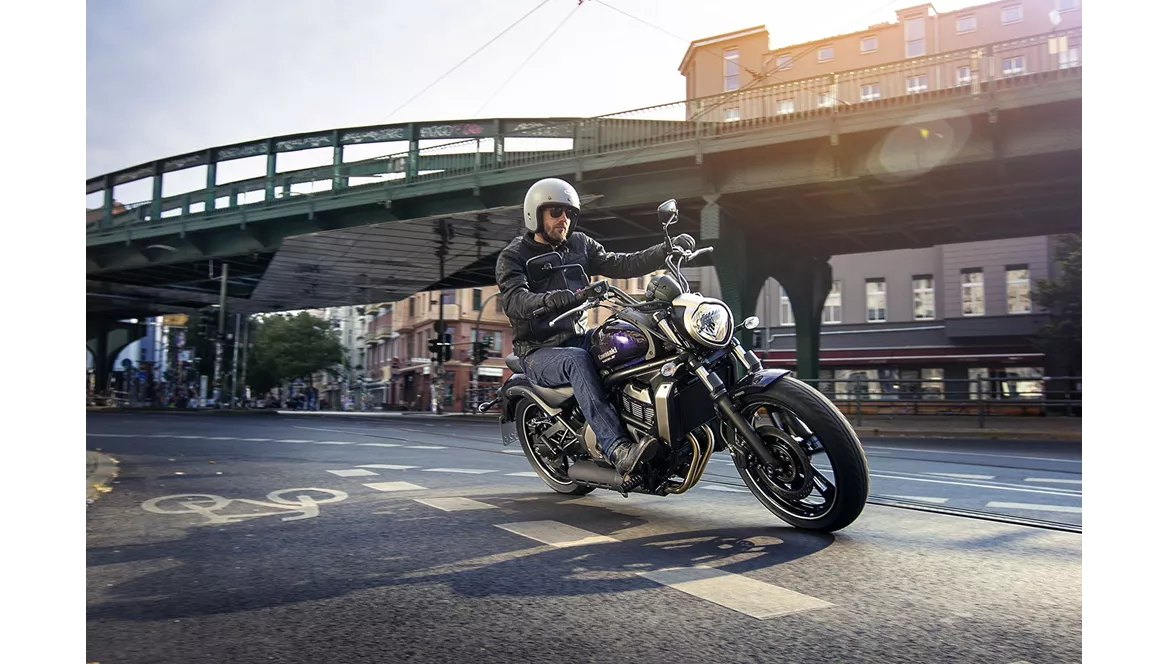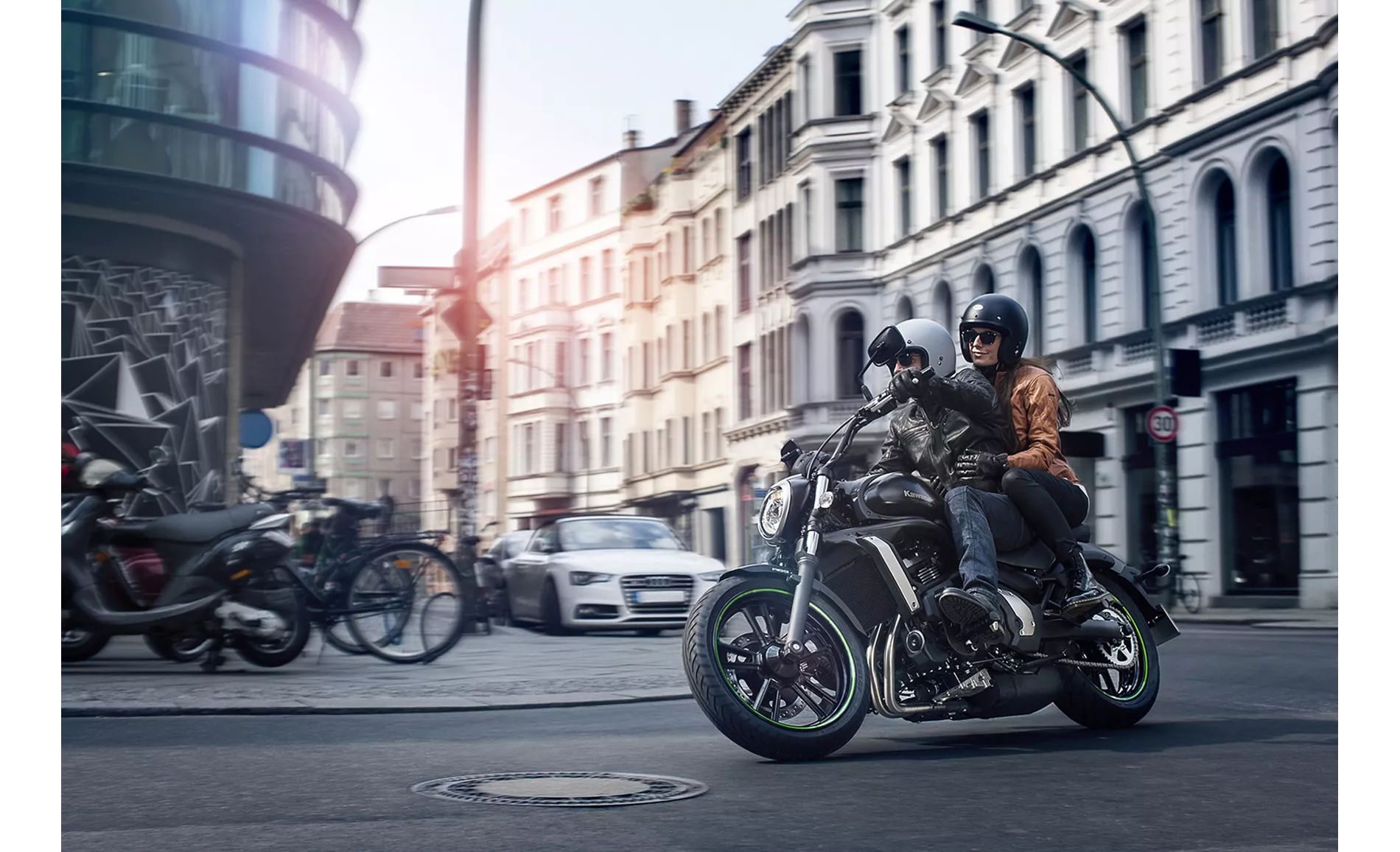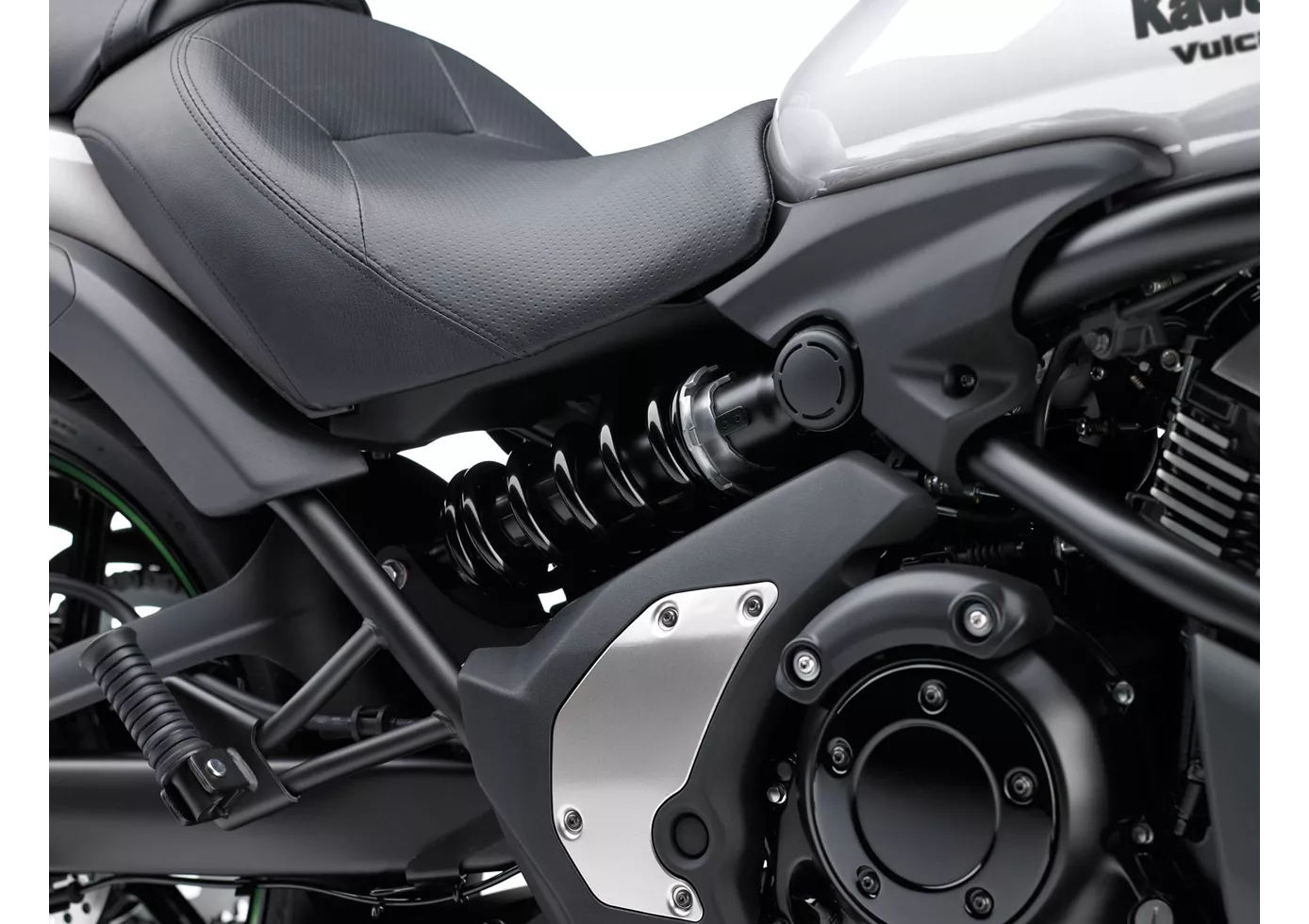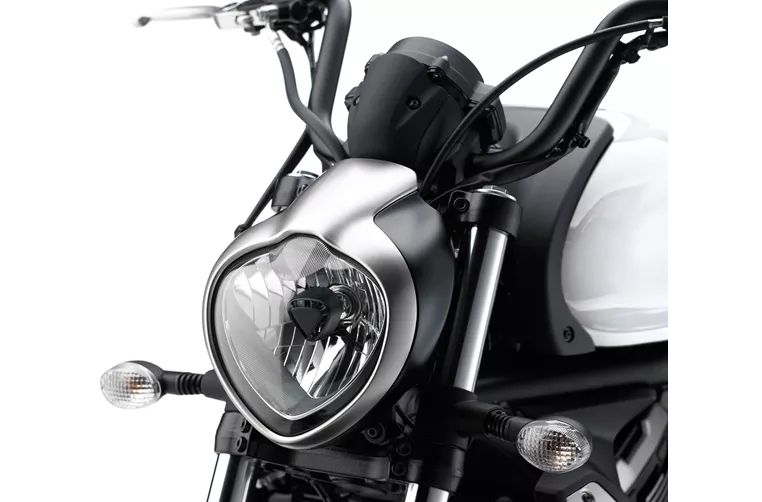Kawasaki Vulcan S 2015 vs. Honda NC750X 2016

Kawasaki Vulcan S 2015

Honda NC750X 2016
Overview - Kawasaki Vulcan S 2015 vs Honda NC750X 2016

Kawasaki Vulcan S 2015

Honda NC750X 2016
Technical Specifications Kawasaki Vulcan S 2015 compared to Honda NC750X 2016
Pros and Cons in comparison
Pros and Cons in comparison
Kawasaki Vulcan S 2015

The Vulcan S is reinvigorating the "small" mid-size cruiser scene - not only because of its unique design, but also because it is so easy to ride and is aimed at beginners. The low seat height and the narrow saddle help the rider to stand securely on the ground, while the low centre of gravity also makes for easy and safe handling. The engine also fits in well with the uncomplicated appearance, can be revved up decently from 2000 rpm and only stops at around 10,000 rpm - something that has never been seen before in a cruiser. The "Ergo-Fit" system, which varies the seat height, the rider's distance from the handlebars and the footrests, costs extra but also allows the Vulcan S owner generous customisation options.
Honda NC750X 2016

With its DCT (Dual Clutch Transmission), the NC750X is the most coherent model in the NC range. With its windshield, long suspension travel and the resulting increase in comfort, it is also suitable for longer distances and even travelling. After all, why shouldn't beginners also be able to enjoy comfortable yet uncomplicated travel? Above all, the comparatively low centre of gravity takes away the fear of the visually much larger and more bulky NC750X, even for inexperienced riders. The engine is not too sporty, but the DCT, which changes gears extremely precisely and easily at the touch of a button or even fully automatically, quickly makes you forget that. The helmet compartment under the dummy tank is particularly ingenious.

